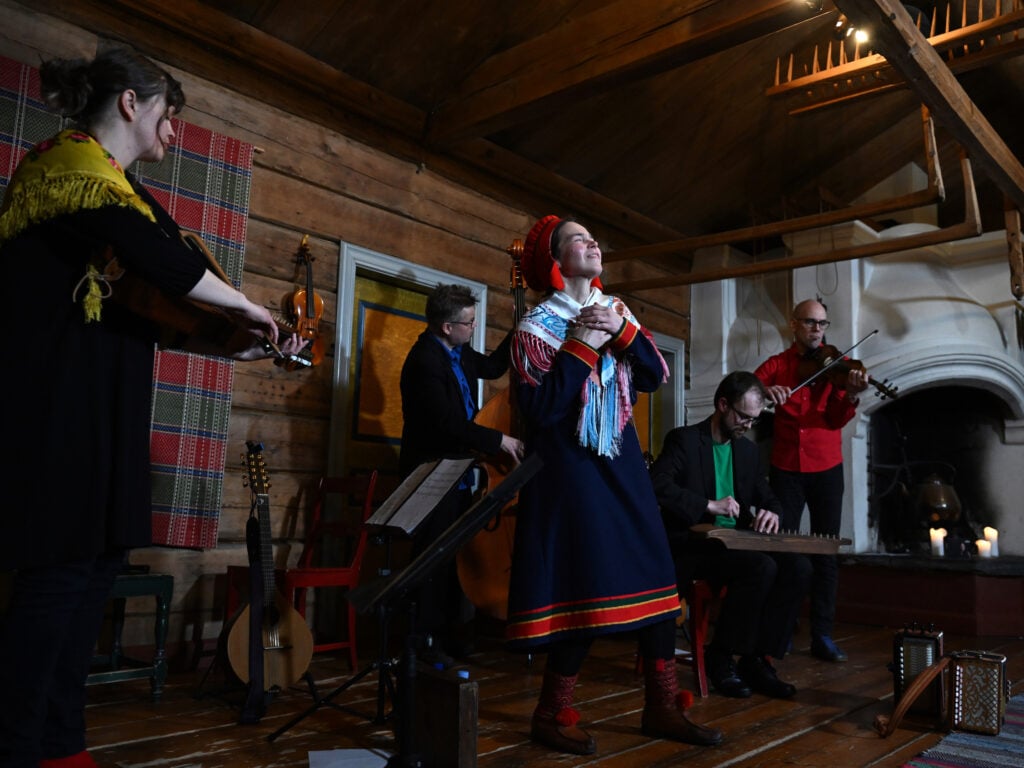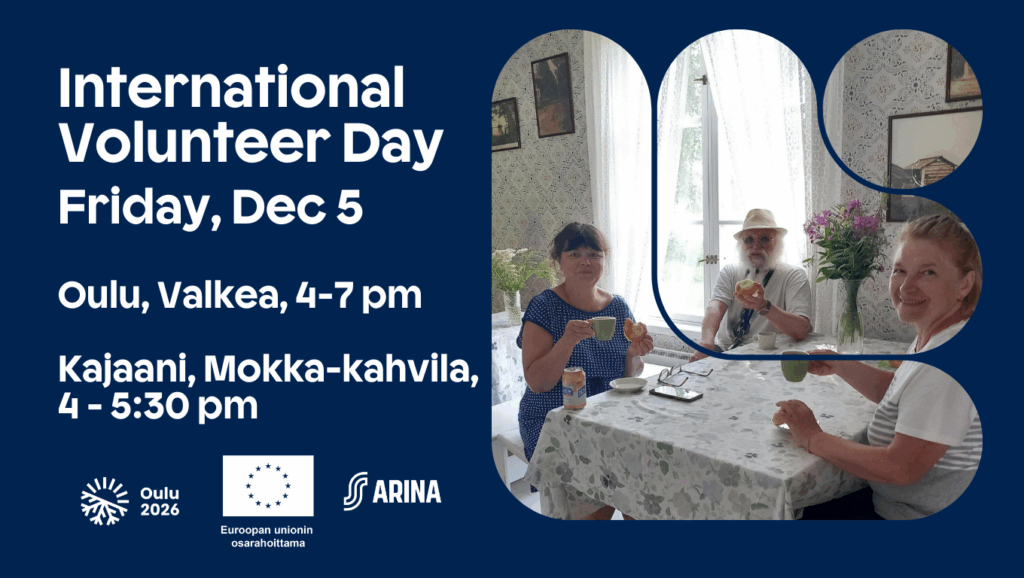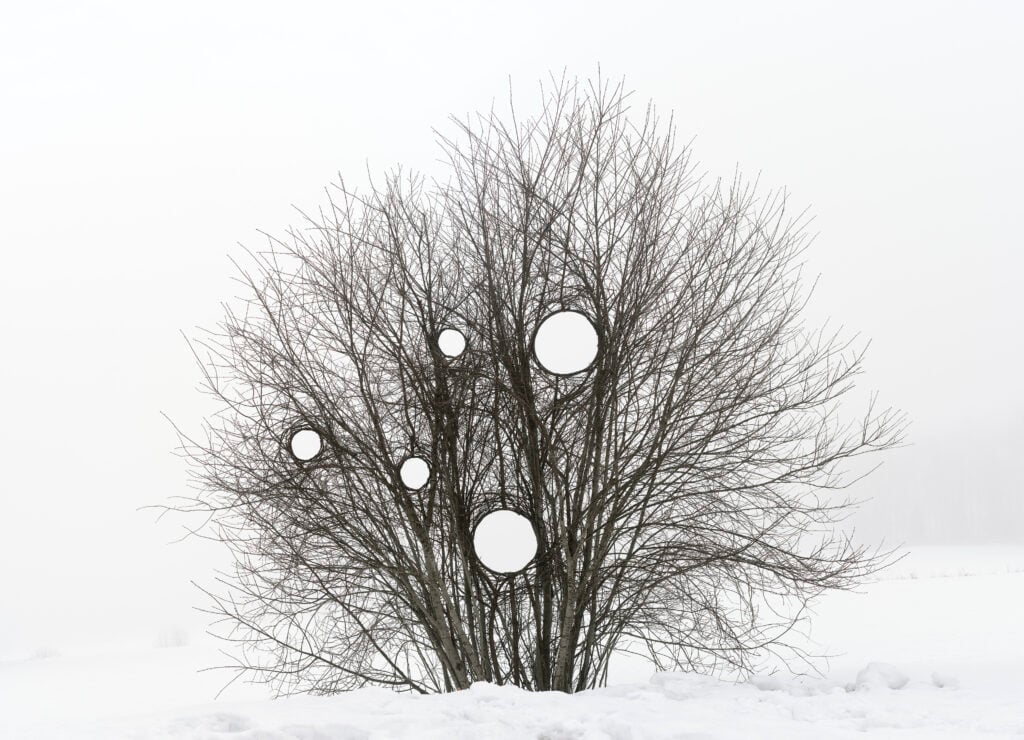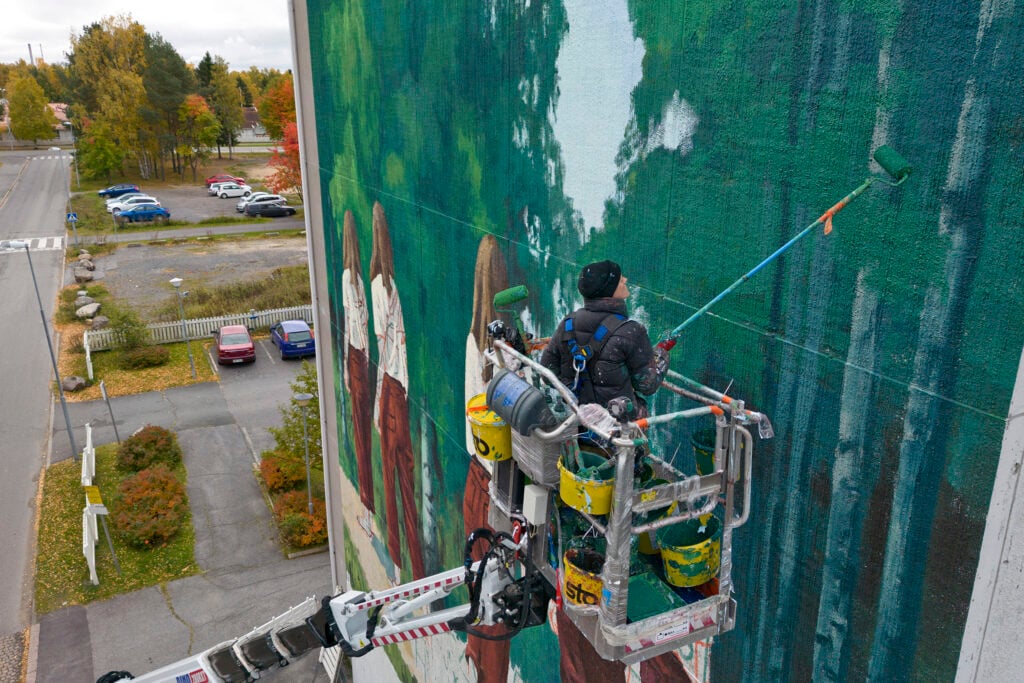Flamenco singer Anna Murtola spent a week at the Sykli residency in Oulainen preparing the TRIÁLOGO piece. The search for abandoned places evoked a sense of place-based sorrow, also known as solastalgia, and thoughts about love.
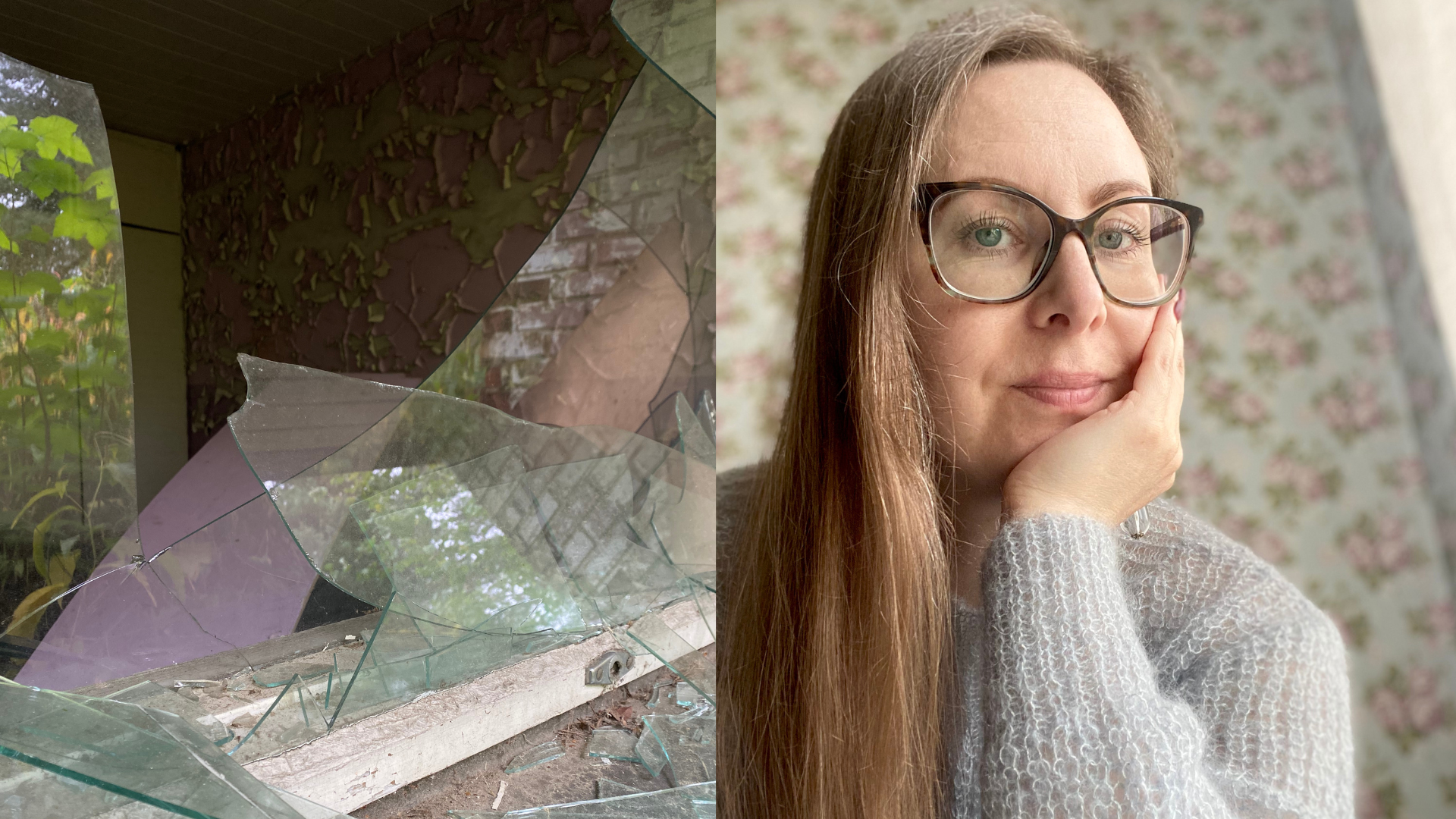
Broken windows and collapsed roofs, closed-down stations, peeling paint on the walls, traces of lives once lived left exactly where they were. Silent production lines, forgotten tools, the scent of concrete and dampness. These are not the first things that come to mind when searching for a venue for a music performance. But Anna Murtola, a flamenco singer originally from Oulu and now living in Helsinki, has been seeking out precisely these types of abandoned buildings as venues for her piece TRIÁLOGO.
TRIÁLOGO is a trialogue between flamenco singing, electronic music, and the abandoned place itself — a three-way conversation that spans through time. Alongside Murtola, the project features electronic musician and percussionist Josu Mämmi. The project is also being documented by photography artist Janne-Pekka Manninen. Together, the artists create a live performance blending flamenco and electronic elements, where the abandoned space itself also gets a voice — played in various ways. Another layer, a layer of time, is added by the building’s usage history, which the artists explore by digging through archives and interviewing people who once worked there. The performances will be featured in the Oulu2026 cultural programme in June, both in Oulu and Oulainen.
In September, Murtola spent a week as a guest artist in the Sykli residency program run by Oulainen’s cultural services. Her goal was to find an abandoned building in Oulainen — preferably an old industrial or production site that had gone silent in its original purpose and fallen into obscurity. During the week, Murtola toured known abandoned locations in the area, ranging from residential buildings to a collapsed furniture factory and a recently vacated town hall. She also delved into the local history, talked with locals, and asked for tips via social media. She had expert help from Anna Koivukangas, cultural producer for the City of Oulainen, and Tuula Aitto-oja, chair of the Oulainen local heritage association.
Old, abandoned places have fascinated Murtola since childhood: “There’s a certain melancholic beauty in them — in their decay and quiet abandonment. But at the same time, they’ve always made me feel a bit uneasy.” During her location scouting, she came to understand where this conflicting emotion stems from. “It’s the absence of love,” she says. “An abandoned place is a place from which love has simply departed. It’s no longer cared for or kept up. No one has looked after what happens to the space or the objects within it. Love no longer lives there.” From this absence of love, Murtola experiences paikkasuru — place-based sorrow or, solastalgia — which also lies at the core of the upcoming TRIÁLOGO work. Through the performance, the artists want to give time and attention to these forgotten places, to bring lost memories to light, and to honor the soul of the spaces. With its deep emotional expression, flamenco is especially suited to conveying these complex feelings.
During her week in Oulainen, Murtola found a suitable location for the performance. On the same trip, she also visited Oulu, where it seems the piece has found its venue as well. The exact performance locations and dates will be announced later in the Oulu2026 event calendar.
